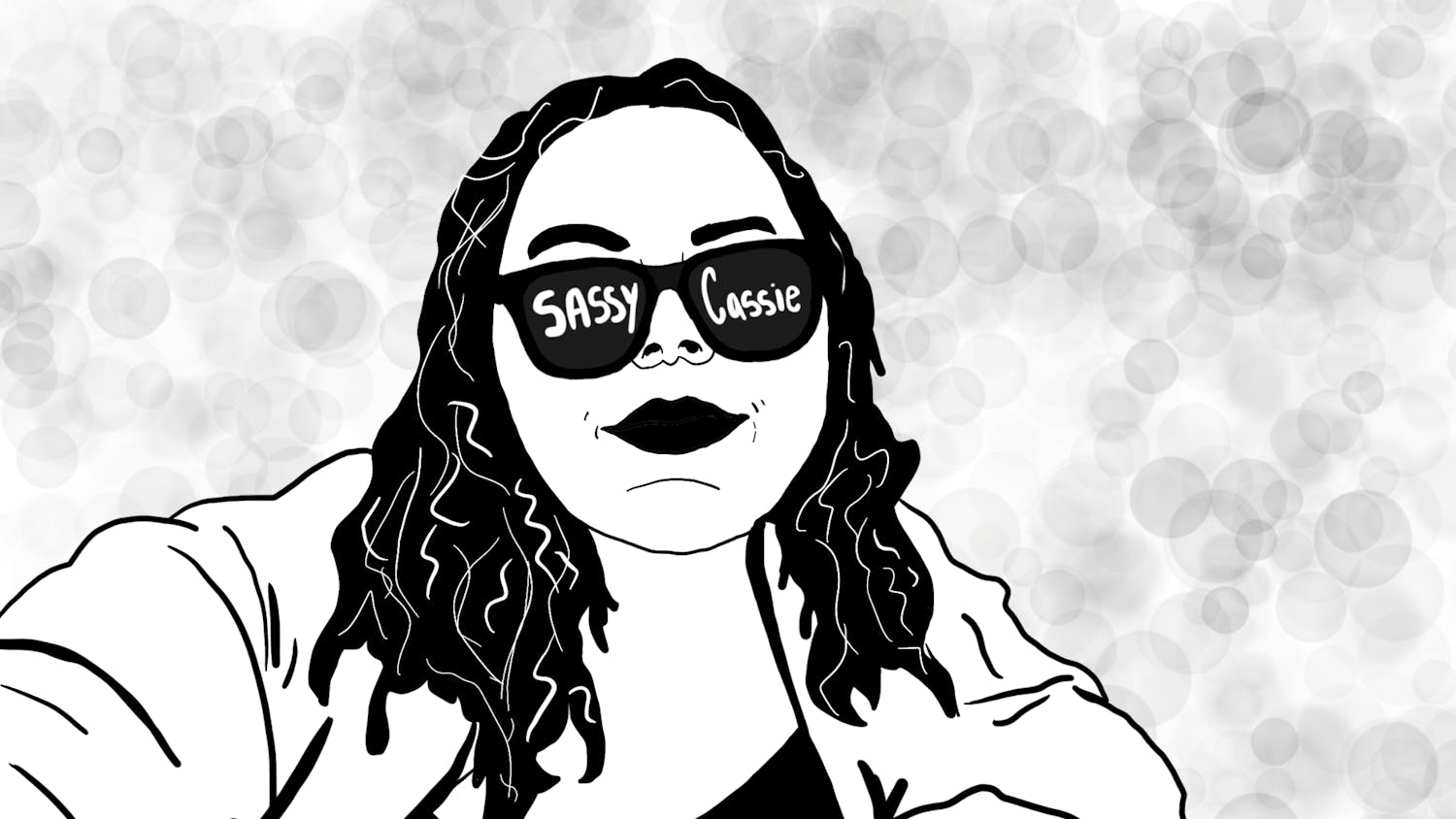President Joe Biden was officially inaugurated on Jan. 20, so now is the time to reflect on what we plan to bring into the new era and what we want to leave behind in the Trump era. This includes the violence and hatred that further divided our nation.
The number of examples of Trump’s refusal to condemn white supremacy is astronomical. Back in 2017, Trump referred to the white nationalist protests in Charlottesville as “some very fine people” and expressed sympathy for their demonstration.
During the first presidential debate, Trump refused to condemn the actions of an extremist right-wing group named the Proud Boys. This organization has been linked to white supremacy and extreme acts of violence. Trump answered Biden’s requests to condemn the group by telling them, “stand back and stand by.”
The Anti-Defamation League describes the Proud Boys ideology as “Misogynistic, Islamophobic, transphobic and anti-immigration.” So Trump’s encouraging message to the group was looked at as an endorsement by the extremist group.
The most recent example of Trump’s behavior was at a rally in Washington D.C., as he urged supporters to march to the Capitol. His actions were in response to his false claims of voter fraud during the recent election. This resulted in rioters attacking the Capitol on January 6.
So while the Trump era has come and passed, we are still dealing with the effects that his rhetoric and refusal to condemn white supremacists have left behind.
Over the past 10 years, 76% of all extremist-related murders were committed by far right extremists. The Southern Poverty Law Center also reported that the number of hate groups were the highest in 20 years back in 2019. The same report also showed that hate groups have increased 55% throughout the Trump era. These groups were counted separately from Ku Klux Klan groups, racist skinheads, Christain Identity groups, and neo-Confederate groups, which all express some version of white supremacy beliefs.
These groups have been a threat to Americans for decades. Trump didn’t suddenly ignite racism in America, but he did encourage it. He encouraged these groups by not immediately condemning them and showing sympathy for their cause.
The assault on the U.S. Capitol was organized over social media, but these plans were not made on a whim. Extremist groups have been organizing a riot for months. Tensions had been building and Trump’s erratic behavior pushed a threat to a reality.
And just because Trump is out of office, doesn’t mean that the extremism will leave with him. Mark Pitcavage, senior research fellow at the Anti-Defamation League’s Center on Extremism, has expressed that radical extremism may grow in 2021.
One group he specifically mentioned was the militia movement. Biden plans to end gun violence by regulating possession of existing assault weapons, requiring background checks for all sales, and banning high capacity magazines. This means that the militia movement could potentially retaliate against these regulations and causes issues.
Another issue could arise among far right Trump supporters during the coming weeks of his second impeachment trial. Trump has consistently shown a lack of restraint of control calling on supporters to protest the past election results. If the impeachment trial does not go his way, he could potentially incite another violent attack.
Biden has been vocal about denouncing white supremacy, so there would be no concerns about whether or not he would take a stand against these extremist groups. However, Trump’s previous and dangerous behaviors have left Biden with a tough situation to deal with.
The damage is done. We cannot change the violent attacks that have taken place by these extremist groups, but we can change how we handle them. And that starts with calling them for what they are: dangerous, violent and definitely not fine people. As soon as we can condemn them for what we are, we can finally start the battle ahead. The battle is nowhere near over.
Hannah Campbell is a freshman studying journalism at Ohio University. Please note that the views and opinions of the columnists do not reflect those of The Post. Do you agree? Tell Hannah by tweeting her at @hannahcmpbell.






